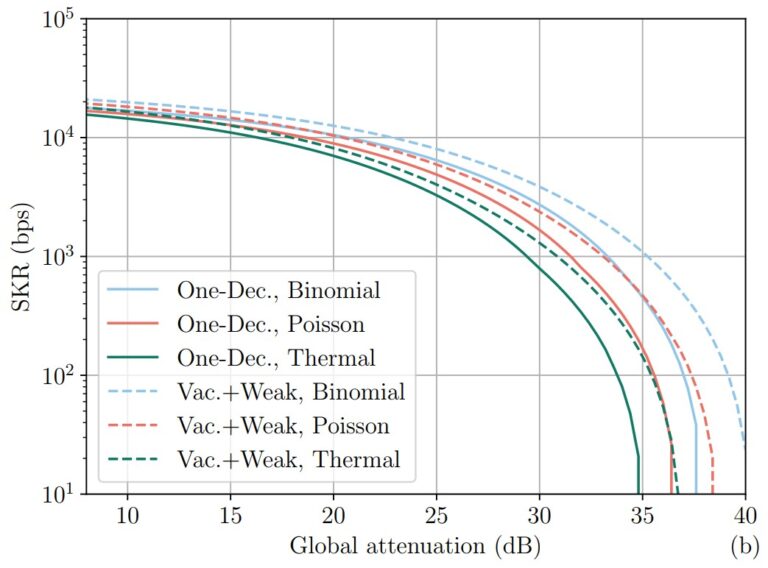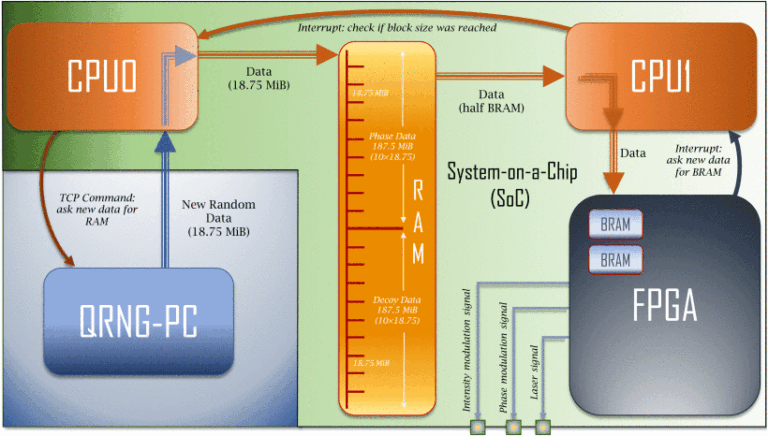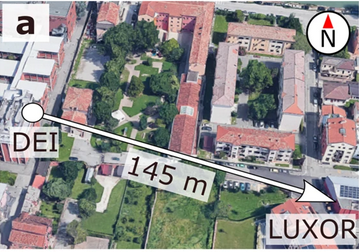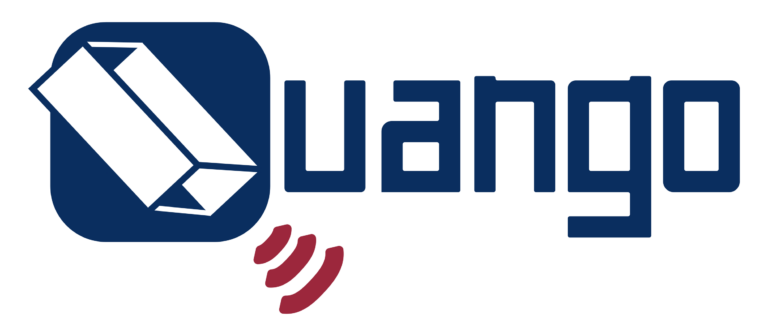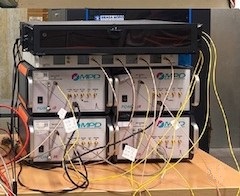Deployment-ready quantum key distribution over a classical network infrastructure in Padua
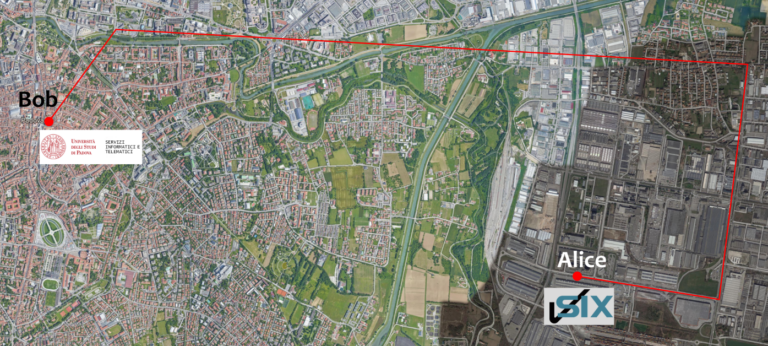
Current technological progress is driving Quantum Key Distribution towards a commercial and world widescale expansion. Its capability to deliver unconditionally secure communication will be a fundamental feature in the next generations of telecommunication networks. Nevertheless, demonstrations of QKD implementation in a real operating scenario and their coexistence with the classical telecom infrastructure are of fundamental importance for reliable exploitation. Here we present a Quantum Key Distribution application implemented overa classical fiber-based infrastructure. By exploiting just a single fiber cable for both the quantum and the classical channel and by using a simplified receiver scheme with just one single-photon detector, we demonstrate the feasibility of low-cost and ready-to-use Quantum Key Distribution systems compatible with standard classical infrastructure.

